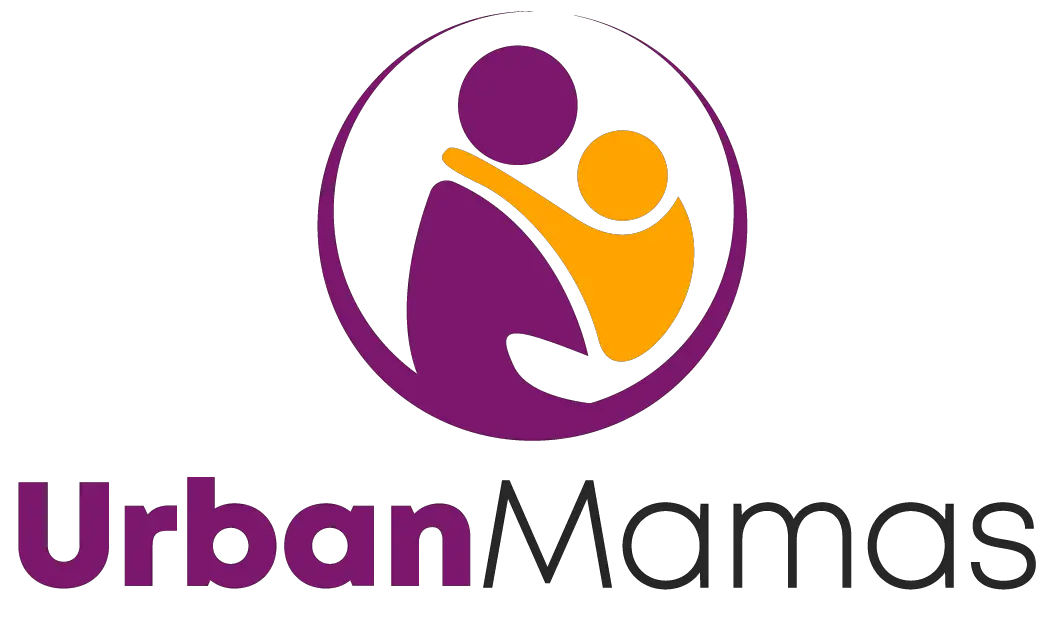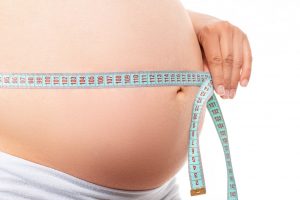Table of Contents
Overview
First-time mothers usually worry about not seeing or noticing their baby bumps during the fourth month or anytime after the first few months. Well, to all mothers out there, we are more than happy to tell you that there is no need to worry. Baby bumps will start showing differently for every woman; indeed, there is no specific time when mothers-to-be should start showing.
Baby’s movement during the fourth month of pregnancy
The fetal movement will significantly depend on where your placenta is currently located and the positioning of the baby inside your uterus. Also, depending on your body fat or visceral fat, you may or may not be able to feel your baby moving around inside you. Feeling subtle kicks and tiny flutters is highly typical, but so is not feeling much at all. There is also a possibility that you will feel small movements and might stop feeling them for a little while again.
During the fourth month of pregnancy, your baby is still relatively small, and they tend to be nestled in a particular part of your uterus, where you will not be able to feel movements and changes. There is no need to be keeping track of your baby’s activities during the fourth month since you will be doing that typically on the sixth or seventh month. Therefore, during the fourth month of your pregnancy, there is no need to worry if there are no consistent and highly noticeable movements from your baby. However, you can still enjoy and appreciate tiny flutters and slight movements that are barely there. Noticing movements from your baby, whether big or small, is truly beautiful and heartwarming.
In which month of pregnancy should the baby bump come out
If you are enjoying your first pregnancy or as a first-time mom-to-be, you can expect your baby bump to start showing later than those who already went through pregnancy and giving birth. This happens because your abdominal muscles still have not been stretched by previously being pregnant. Women who tend to be taller or longer torsos might have an unnoticeable or minor baby bump because there is a bigger space for the baby to occupy lengthwise. Another factor that may affect the growth of your baby bump is the positioning of your baby inside your uterus.
I am not saying that the appearance of your baby bump will not be significant; however, we guarantee that a small baby bump does not generally mean an unhealthy baby. Your doctor or midwife will typically use various measurements and not really the size of your growing tummy to ensure that you have a happy and healthy pregnancy. During the first trimester or the months from conception up to the third month, your doctor will be doing a pelvic exam to look at the growth of your uterus. An ultrasound may also be carried out for more detailed information on the size and development of your baby.
Typically, first-time mothers will start noticing a bit of growth in their baby bump at around 12 to 16 weeks and may begin showing between 12 to 18 weeks. If you already have children or have been previously pregnant, your baby bump may start making an appearance at four months already. Baby bump progression will vary from one person to another; however, we will be providing you with a general timeline. During the third month, your baby will have the size of a lemon, and as you go through your fourth month, they will grow to be the size of an avocado. Upon approaching the sixth month, your baby will grow to become the size of a cantaloupe. By this time, the changes in your appearance and your baby bump, in particular, will be very noticeable.
Pregnancy progress and weekly count
Pregnancy starts when a woman’s egg is successfully fertilized by a man’s sperm cell. Typically, pregnancy is counted to be 40 weeks and starts from the first day of a woman’s last menstrual period. This counting will help you estimate your due date; however, this may not be completely accurate.
- Conception refers to the moment of the fertilization of the woman’s ovum by the sperm. This is where the gender and other inherited characteristics are being decided on.
- The first week of your pregnancy is your last menstrual period since the count starts from the previous day of your menstrual period. Week one is still counted as a part of the 40-week pregnancy even if it is not yet conceived.
- During the second week up until the third week, the fertilization of the ovum or egg by the sperm will likely be completed.
- Within the fourth and fifth week, your baby is already there but still a lot smaller than a tiny grain of rice. The cells in this stage are currently working to create the different systems of the body slowly.
- On your sixth week of pregnancy, the baby inside your womb will not secrete a particular hormone that would prevent menstrual periods.
- The seventh and eighth week of your pregnancy is typically where your baby has a heartbeat of his or her own. The spinal cord during this stage will be rapidly growing and with a very noticeable head.
- During the ninth towards the twelfth week, the baby will now be developing muscles, and the different bodily organs will now be formed. Towards the end of week twelve, the fingers and toes will now be recognizable, and the first-trimester testing can be done at around this time.
- On weeks thirteen to sixteen, your baby can now be slightly moving and already have eyes, eyelashes, and even eyebrows. The baby will now be around 14 centimetres in length.
- From weeks eighteen to twenty, an ultrasound can now be done. This can be offered to check for abnormalities if there are any. The gender can now also be identified at this stage.
- On the twenty-fourth towards the twenty-eighth week, your baby has already grown to be more in proportion and can now weigh for up to a kilogram with a length of about 37 centimetres.
- From weeks thirty-two to thirty-six, your baby may have now grown stronger, resulting in more defined and noticeable movements. Even though they spend most of the time asleep, the baby’s lungs have now developed and will continue to grow over the next few weeks.
- During the fortieth and final week of pregnancy, your baby is now at around 51 centimetres in length, well-developed, and is now ready to be born.
During your fourth month of pregnancy, you could be starting into week 13 or 14 and finishing at week 16 or 17. Basically, it all depends on you are grouping the weeks into months. Your baby might still be a tad bit small during this month but can already noticeable for some.
Checklist during your fourth month of pregnancy
During the fourth month of your pregnancy, you might feel like you need to get ahead of things but let me remind you that this is the stage where you can take a good grasp on your pregnancy with still a lot of time to prepare for your precious bundle of joy to arrive. In your fourth month, you can start buying clothes for your maternity wardrobe. You will be starting to grow, and you will indeed be wanting to be ready when your clothes do not begin to fit.
At four months, you may also want to decide on the birthing procedure and location that you want. If you have not decided yet, we guarantee that the fourth month is the best time to commit. You do not want to cram on things like making sure that your insurance will work or if the schedule will be perfect for you. Getting accustomed to the ways and the staff is also an excellent way to ensure that you have a comfortable pregnancy and labor. During this time, you may also want to eat healthily and make sure that you are always hydrated.
Wrapping up
All we have to say is that the fourth month of pregnancy is the perfect time to enjoy and absorb the goodness and beautiful joys of pregnancy. We understand that most pregnant women do not show at this point, but there is no need to worry. As long as you are under the guidance of your OB-Gyn or your midwife, you are okay, and your baby is completely fine, and that is all that matters.

